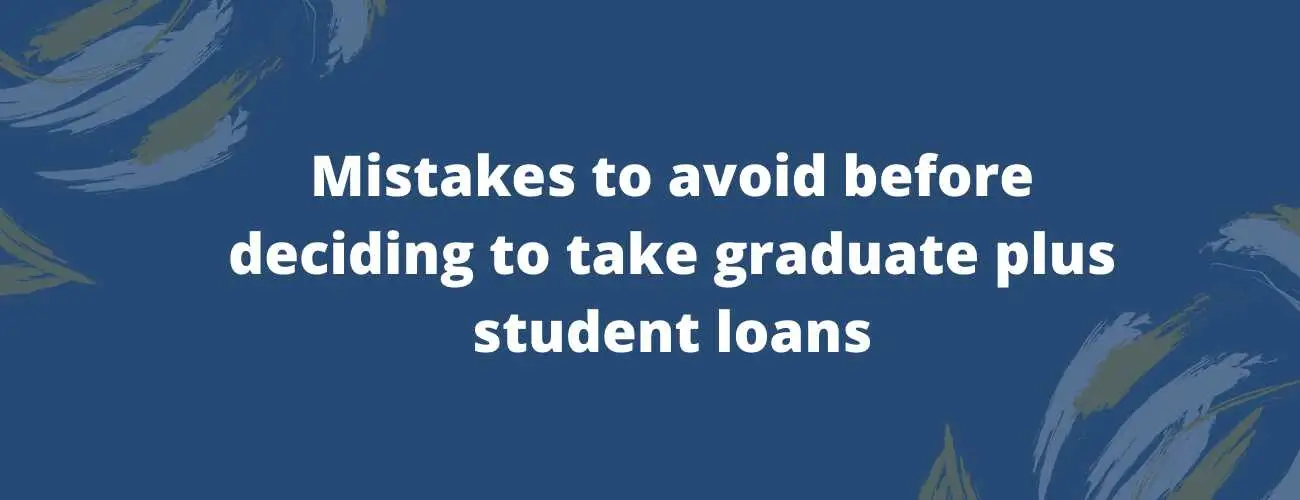Pay As You Earn (PAYE) Repayment Program
Not all students are financially capable of paying back loans upon graduating. The Pay As You Earn plan under the Income Driven Repayment Program helps students on their loan repayment in an easy and flexible manner
Updated by Deepu M on 16th June 2020
If you’re finding it difficult to pay off your Federal Student Loan with any standard repayment plan, the US Department of Education has many benefits for borrowers, to help them with loan repayment.
Borrowers can get access to Pay As You Earn Repayment plan under the income-driven repayment program that helps people to repay their loan. PAYE helps students in making an adjusted monthly payment. They are charged from the income they earn and have to make lower monthly payments when they opt for the PAYE plan. Students can also opt for loan forgiveness on the loan balance at the end of the period.
Before understanding the benefits of PAYE, it's important to know the income-driven repayment program and various other plans under it provided by the US Department of Education and how PAYE is different from them.
Table of contents
- What is Pay As You Earn (PAYE)?
- What is Income-Based Repayment (IBR)?
- PAYE vs IBR (Income Based Repayment plan)
- PAYE vs REPAYE (Revised Pay As You Earn)
- Requirements & Eligibility
- Steps to apply for PAYE
- Advantages
- Disadvantages
- Is PAYE right for you?
- Conclusion
What is Pay As You Earn (PAYE)?
PAYE is one of the Income-Driven Repayment Plans which allows monthly repayment based on the discretionary income of the borrower. It allows you to pay less when you start working and gradually increase the payment as your earnings increase.
Borrowers are prepared to take this program when they find difficulty in paying actual monthly payments. Pay As You Earn helps by decreasing borrower’s monthly payment to as less as 10% of the discretionary income. Any outstanding loan balance at the end of the 20 years will be forgiven if a borrower has made on-time payments in the loan term.
How does PAYE work?
Most students are offered loans with a standard ten-year repayment method. Unlike other methods where monthly balance is fixed, here, payment will not be fixed by loan balance.
This happens by decreasing borrower’s monthly payment to as less as 10% of the borrower's discretionary income.
The actual calculation of PAYE
To determine the amount payable under PAYE, one should find out his/her discretionary income. It can be calculated by deducting 150% of the states poverty level from household income. Household size is the main factor that affects states poverty level.
The state poverty level of one household in New York for 2017 was $12,060. Assume you’re living single in New York with an income of $20,000. Calculating your discretionary income would involve multiple current states poverty level with 1.5 ($12,060*1.5), which is $18,090.
This amount will be subtracted with a household income of $20,000. So a person's discretionary income will be $1910, a person's monthly payment will be 10% of this discretionary income ie $191 for a year, and it will be divided into equal monthly installments of $15.91.
What Is Income-Based Repayment?
Income-Based Repayment (IBR) is the most widely available and widely used income-driven repayment program for borrowers of federal student loans. IBR helps keep monthly loan payments affordable according to each individual borrower’s monthly income.
Your student loan payment in an income-based payment is based on your discretionary income, rather than your loan balance. This can often mean that a borrower will have a $0.00 monthly payment on their student loan, and this amount counts as an actual payment.
PAYE vs IBR (Income-Based Repayment plan)
These two plans are quite similar in nature except with few differences under an income-driven repayment plan. PAYE is made different from IBR since it allows borrowers to pay lower monthly payment depending on the date of loan initiated. It is because some loans under PAYE have monthly payments which are capped based on the lowest percentage of income.
PAYE
Monthly payments are capped at 10% of person discretionary income.
It allows a person to have as long as 20 years of the repayment period.
IBR
The borrower who is new on or after 1 July 2014, monthly payments are generally capped at 10% of their discretionary income, It allows a person to have as long as 20 years of the repayment period
A borrower not new, on or after 1 July 2014, monthly payments are generally capped at 15% of their discretionary income, It allows a person to have as long as 25years of the repayment period.
PAYE vs REPAYE (Revised Pay As You Earn)
Student borrowers who didn't meet the stringent requirement of PAYE are directed to this program. The main difference between them is that borrower can avail benefits from REPAY irrespective of the date of loan initiated.
He/she can avail this service from REPAYE if they do not get qualify for PAYE, with attractive benefits and no limitations. These two has its own unique repayment plan.
The undergraduate loan is payable under 20 to 25 years of qualified payment.
Monthly payments are capped at 10% and REPAYE is given a repayment period of 20 years.
Graduate/ professional loan payable under this plan is given a repayment period of 25 years.
It also allows interest forgiveness higher than other programs.
Pay As You Earn (PAYE) Requirements & Eligibility
All type of federal student loans such as the Stafford, Federal Direct Subsidized, Unsubsidized and PLUS Loans are eligible for PAYE.
Consolidation loans on Parent PLUS loan, Uninsured private loans and any default in a loan is not eligible for PAYE
A student having Federal Student Loan with a standard repayment plan of 10 years, if a monthly payment is higher than repayment plan, can declare partial financial hardship to pay monthly under PAYE, with a less monthly payment
Monthly payments are capped at 10% of their discretionary income, It can be calculated by deducting 150% of the states poverty level from household income. Household size is the main factor that affects states poverty level.
Borrower's requirement
The borrower has to meet the following criteria to get qualified and avail PAYE repayment program.
-
A borrower should declare partial financial hardship as prescribed by the US Department of Education
-
A borrower should have borrowed the loan after October 1, 2007
-
A borrower should have received a Direct loan on and after 1 October 2011
Qualifying loans under the PAYE plan
1-Direct subsidized and unsubsidized loans
2-Graduate PLUS Loans (but not Parent PLUS Loans), and
3-Consolidation loans made after October 1, 2011, as long as the consolidation loans do not include Direct or Federal Family Education Loans (FFEL) made before October 1, 2007.
Steps to apply for Pay As You Earn (PAYE)
Borrowers can send a mail on income-driven repayment request to student loan servicer to enroll in PAYE. One can avail all the services online and it's quite flexible to change repayment plan at any time.
-
Requests can be sent only through FSA account ( Federal Student Aid). To do this, an account should be opened in studentloan.gov
-
Log in with your FSA account by visiting studentloan.gov.
-
Choose income-driven repayment plan request and refer to all information in the form to know what documents are required
-
Select the documents for the submission like a tax return or proof of taxable income earned within the last 90 days
-
If you already qualify for an income-driven repayment plan, you will be provided with a plan with less interest rate or you can choose the right income-driven repayment plan
-
Fill all information needed for PAYE, such as income and family size. Mention your spouse's information if required
-
While processing application, if you opt for forbearance, you are not allowed to pay for some months.
Once you are approved
Under the PAYE program, one biggest benefit is your monthly payments are not fixed you have to pay every month and this can be adjusted based on income and family size but you have to update your loan servicer for the adjustments. Once you are approved for PAYE, you will need to fill the application and provide proof of changes. It becomes very important that you recertify your income level and family size by the annual deadline provided by the loan servicer as if you don’t recertify your income by the annual deadlines, there are chances that you can lose the program and your monthly payments will no longer be based on your income. One more concerning part is if you fail to recertify, any unpaid interest on your loan will be capitalized and thereby increase the overall principal of your loan.
So checking all the information, requirements, and deadlines during the application process is a must.
Advantages of PAYE
Qualifying for PAYE is very difficult than qualifying for other types of income-driven repayment plan benefits. It provides great benefits to borrowers with a low monthly payment
If a borrower is in financial hardship, the plan covers the monthly interest amount.
The federal government will pay the unpaid accrued interest amount on Subsidized Stafford Loan for the next three years from the date PAYE was implemented.
Borrowers working in public service organization, who have made 120 on-time payments would get to enjoy 10 years of public service forgiveness on the remaining loan balance.
If a borrower is not qualified by working in public service organization, they will be qualified for loan forgiveness on remaining loan balance after 20 years
PAYE helps to reduce the monthly payment, more interest subsidies and makes easy to file tax to reduce the monthly payment
Disadvantages of PAYE
-
Direct PLUS Loan made to parents does not qualify for PAYE
-
This program is only applicable for a Federal student loan which is borrowed on or after 1 October 2007
-
It is not applicable if a borrower has a pending balance in Direct Loan received after 1 October 2007
-
It is also to be considered that interest charged on the borrower is higher than the interest charged on REPAYE. This greatly affects those borrowers who have a high loan balance.
-
If a borrower chooses low monthly payment with a standard term of 10 years, that ultimately increases interest amount to be paid.
Also Read - Best student loan repayment plans for you
Other drawbacks
The forgiven loan balance is taxable
After making qualified repayment for 20 years under PAYE, the loan becomes eligible for loan forgiveness.
The borrower has to consider that the forgiven loan which was forgiven under the PAYE plan will be taxable under internal revenue service. Thus borrowers have to get prepared to pay some percentage of tax on forgiven loan.
Recalculation and re-enrollment annually
All the factors explained above affecting PAYE will be recalculated annually to fix a fair amount for repayment. Thus this will affect your monthly payment which would suit with monthly income.
Re-enrollment is done to recertify your PAYE plan. This can be done in two different way, online and offline. You can submit a request electronically in studentloan.gov or submit an application through the mail as well. To send this request, one should have proof of income, information on marital status, family size, signature, and FSA ID.
Is PAYE right for you?
Before choosing Pay As You Earn, one has to consider most recommended factors that affect the program like loan balance, current income, expected future income and where you work.
One has to ensure that he/she is eligible for the program by estimating the current and future income. Estimating current and future monthly payments by using the PAYE calculator will help you make a good decision on choosing the best type of income-driven repayment program.
Borrowers who qualify for PAYE and working in public service organization will get a benefit of public service loan forgiveness during financial hardship.
Confused about school fee? Learn about student loans
Conclusion
As students are financially incapable of repaying their student loans borrowed upon graduation, the Pay As You Earn plan under income-driven repayment program helps the students to repay their loan in the easy and flexible repayment plan.
Their plan of payment would reduce the monthly payment when a borrower has joined the job initially and increase the monthly amount payable as the borrower's income increases. There are a number of plans under income-driven repayment program, but a borrower has to determine the type of plan to be chosen by considering factors like current loan balance, current income, expected income in future, spousal income, spousal loan balance and where you work.
This plan has a great number of benefits for those borrowers who qualify for it, but it also has few drawbacks.
It is, therefore, advisable that borrowers carefully choose and decide the type of plan they want for their loan repayment.
| Minumum Credit Score | Apply in as little as | Variable APR | Fixed APR | ||
|---|---|---|---|---|---|
 | Not Available | 15 minutes or less | 2.95 | 4.74 | View disclosures |
 | 620 | 2 minutes | 5.38%-16.99%1 | 4.43%-16.99%1 | View disclosures |
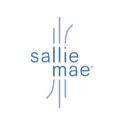 | Not Available | 15 minutes | 1.13% - 11.23%¹ (with autopay) | 3.50% - 12.60%¹ (with autopay) | View disclosures |
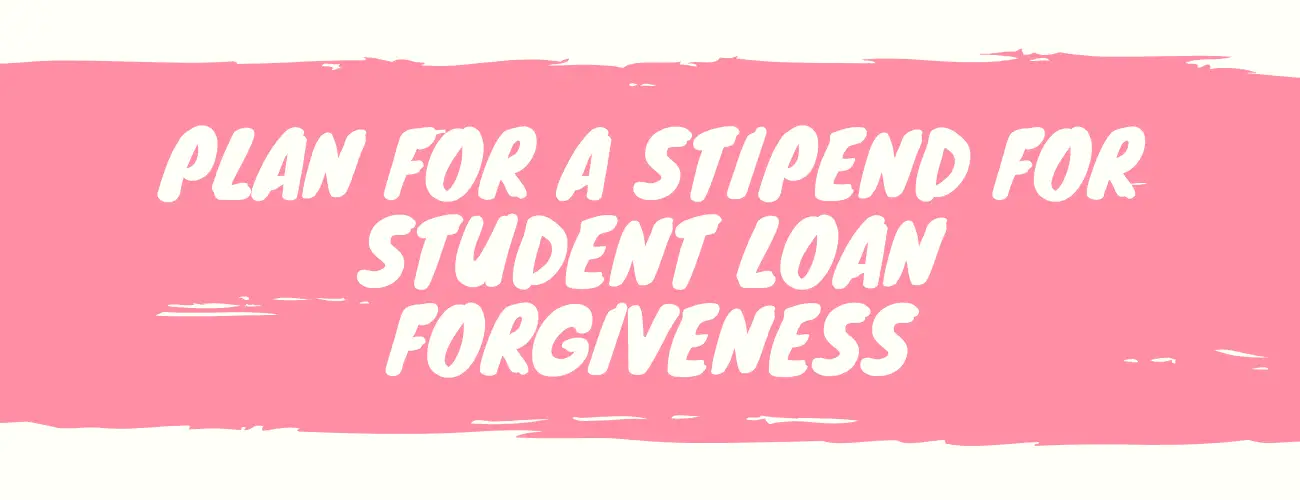
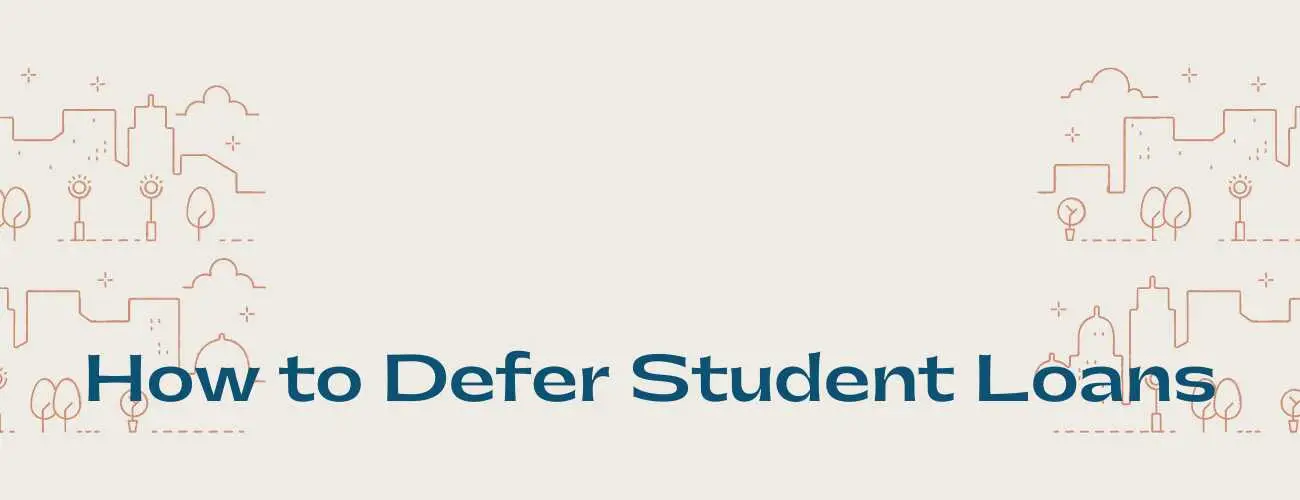
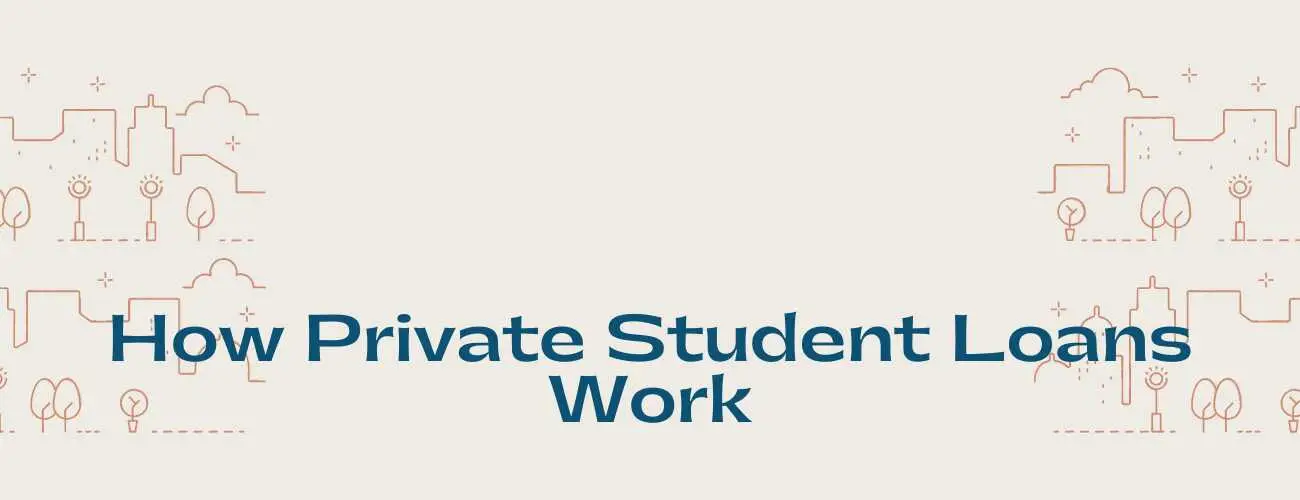
93.jpg)
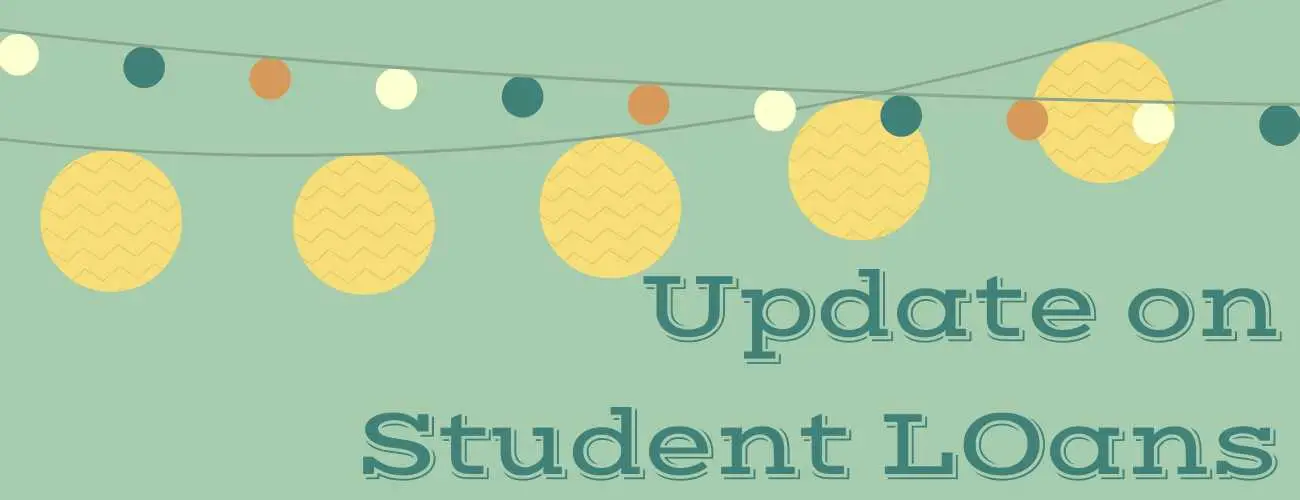

28.jpg)
